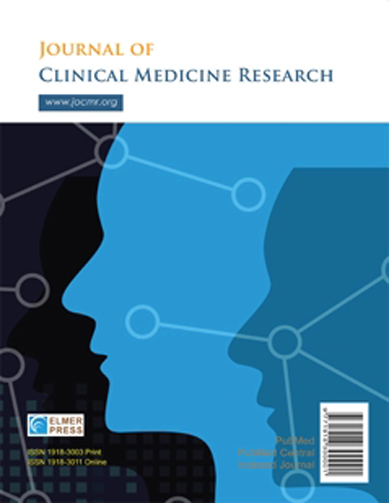Association of Sex Difference With Thiamine Responsive Disorders in Internal Medicine: A Pilot Case-Control Study
DOI:
https://doi.org/10.14740/jocmr6337Keywords:
Vitamin B1 deficiency, Thiamine responsive disorders, Orthostatic dysregulationAbstract
Background: Thiamine responsive disorder (TRD), a clinical condition which improves with the administration of vitamin B1, has been proposed in pediatrics to detect the atypical and diverse symptoms of vitamin B1 deficiency which has been widely overlooked. Previous studies were not conducted in internal medicine and in developed countries. Therefore, the aim of this study was to determine the characteristics of Japanese TRD patients in internal medicine.
Methods: This case-control study was conducted at Department of General Medicine in the Jikei University Kashiwa Hospital from January 2018 to December 2022. Participants were tested for whole blood total vitamin B1, serum albumin levels, and total lymphocyte count; started newly on a vitamin B1 preparation for treating patients’ signs and symptoms; and re-visited the hospital to evaluate drug effectiveness. Signs and symptoms were chosen whether they had been suspected to be a vitamin B1 deficiency by the treating physicians. All enrolled patients were assessed recovery status by the clinician at that time, and one of the authors assigned them to a TRD or not using a two-point scale (getting better vs. no change or getting worse) based on all the information available from electronic medical records.
Results: A total of 35 patients were enrolled (median age 48 years; 31.4% male). A univariate logistic regression analysis showed that sex was associated with TRDs (female: unadjusted odds ratio (OR) = 0.08, 95% confidence interval (CI): 0.0043 - 0.55, P = 0.007), which was the same as the result of a multivariate logistic regression analysis with forced entry method (female: adjusted OR = 0.03, 95% CI: 0.0009 - 0.32, P = 0.002). In addition, there was an atypical symptom of vitamin B1 deficiency such as orthostatic dysregulation (OD): lightheadedness and syncope in the TRDs albeit being nonsignificant.
Conclusions: Japanese TRD patients in internal medicine were associated with sex, and had a symptom of OD. Further well-designed, large-scale studies are needed to explore the features of TRDs in internal medicine.

Published
Issue
Section
License
Copyright (c) 2025 The authors

This work is licensed under a Creative Commons Attribution-NonCommercial 4.0 International License.









